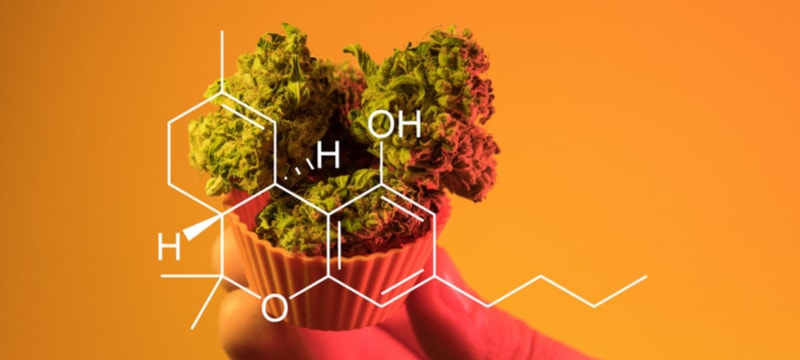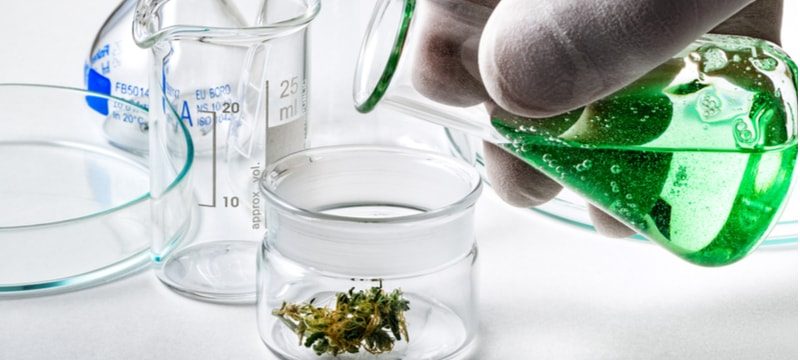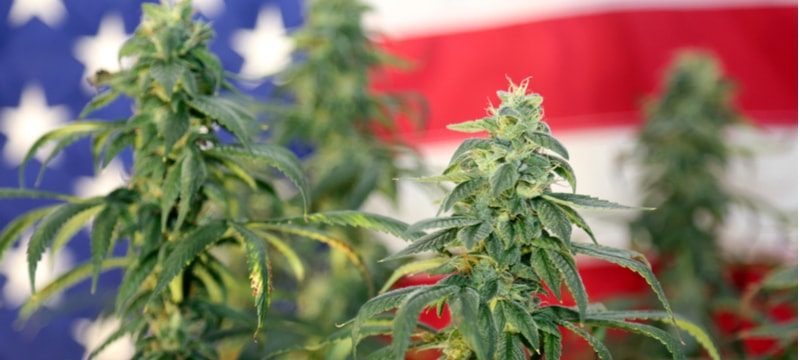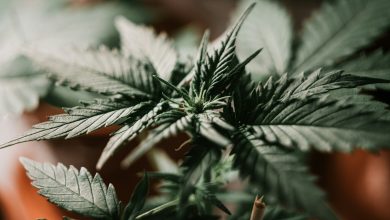
Did you know that there is a cannabinoid that is 300% more powerful than THC? Don’t feel bad if you don’t know it, this cannabinoid doesn’t get talked about enough. THC-O-acetate can be up to 3 times stronger than THC. Thanks to new legislation and medical advancements the spotlight has firmly been on CBD and THC over the past number of years. This has left THC-O-acetate to be a relative unknown, but it shouldn’t be. THC-O-acetate is unique and warrants our attention. Here we take a look at the powerful cannabinoid.
Table of Contents
What is THC-O-acetate?
THC-O-acetate is a metabolic cannabinoid. This means that it only becomes psychoactive after it metabolises, which can take roughly 20 minutes to happen. It takes roughly the same amount of time to enter our systems as THC based edibles do. When extracted THC-O-acetate looks like a thick, gloopy, petrol-like substance with no aroma. But it is also water-soluble. It is this ability to be water-soluble isolate that makes it so unique.
Differences between THC and THC-O-acetate
The two main differences between THC-O-acetate and THC are that THC-O-acetate is water-soluble and much stronger. This means that your body treats it differently once consumed.
THC is fat-soluble so when it comes to processing it your body can actually reduce the amount of THC entering the bloodstream. However, if something is water-soluble, like vitamins or THC-O-acetate, it is allowed to pass through the same system that reduced the amount of fat-soluble THC entering your bloodstream. In simple terms, because THC-O-acetate is water-soluble it is easier for it to enter your bloodstream compared to fat-soluble THC. This makes it much more powerful.
History of THC-O-acetate
The first organisation to study THC-O-acetate in detail was the United State Army. In the years 1948, 1956, and 1975 the United States Army ran tests and called them the Edgewood Arsenal Experiments. These experiments tested low-dosage chemical warfare on military personnel. In 1975 the experiments were shut down due to large concerns regarding the test subject recruitment policy and the follow-up care. The US Army was trying to develop a non-lethal weapon that would incapacitate the enemy. They first tested THC-O-acetate on dogs and noted that it affected the dogs twice as much as THC.
The DEA’s first and only time encountering THC-O-acetate was in 1978 in Jacksonville, Florida. Donald Cooper of the United States’ Drug Enforcement Agency likened the process of making THC-O-acetate at home to that of making heroin from morphine. “The extract had been acetylated with acetic anhydride, and in the final step, the excess acetic anhydride removed by distillation.” The DEA decided that this Jacksonville incident was an isolated event and chose not to go through the process of classifying it as a controlled substance. A similar incident happened in the UK in 1995. The person making the THC-O-acetate was arrested and UK authorities made it a Class A drug.
What are the effects of THC-O-acetate?
Studies have shown that THC-O-acetate can be up to 300% stronger than THC. This opens the door for lots of medical applications. Doctors have been using THC to treat pain, using CBD to treat insomnia and even glaucoma in their patients. However, some patients simply do not respond to treatment from THC medicine. Because of its higher level of potency THC-O-acetate can be used to stimulate a response in patients where THC had previously failed.






